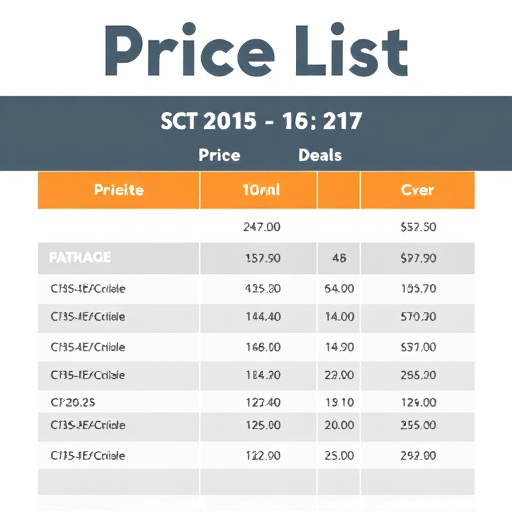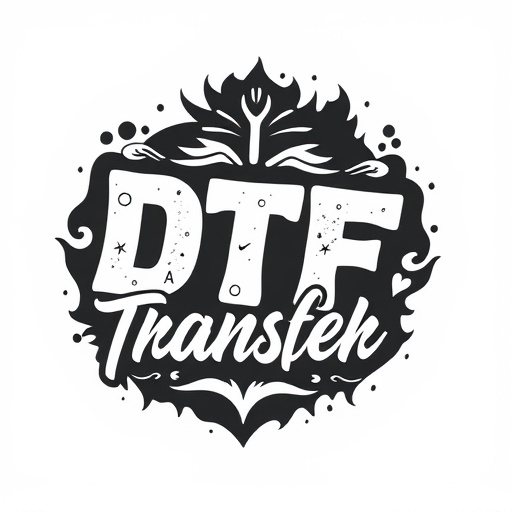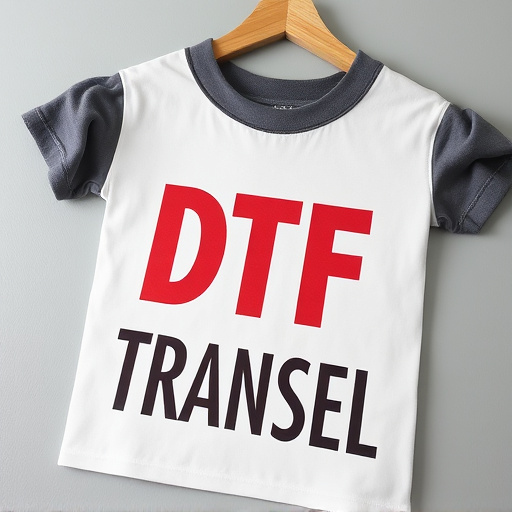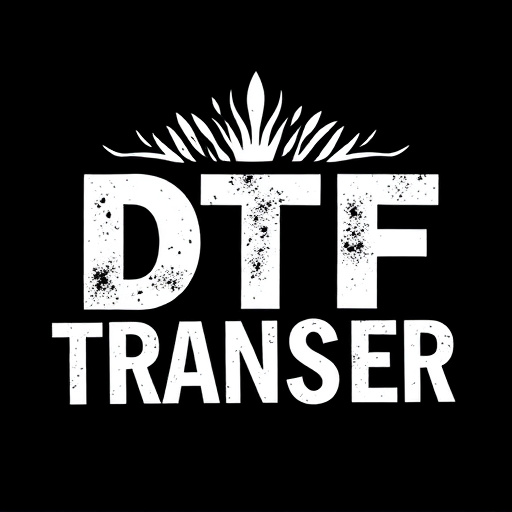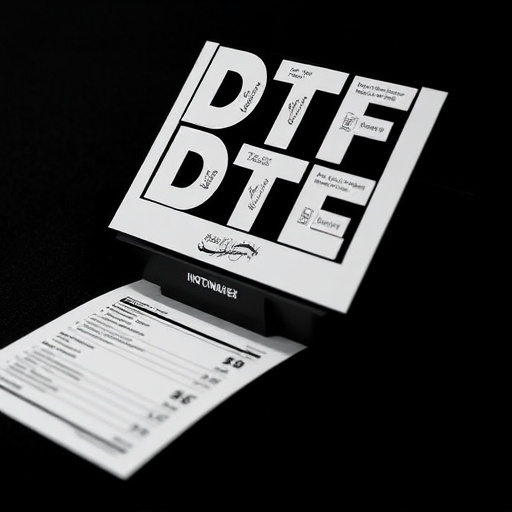Direct-to-film (DTF) printing is a revolutionary commercial imaging technology offering high-quality, large-format printing directly onto film. With vibrant colors, sharp details, and excellent weather resistance, it's ideal for outdoor advertising, event signage, and point-of-sale displays. DTF printing is versatile, efficient, and cost-effective, eliminating traditional steps and enabling swift turnaround times for marketing projects. The process involves designing, optimizing, printing, cutting, and finishing to ensure high-resolution visuals meet specific application needs. Choosing the right materials like vinyl or flexible films, along with meticulous color management and advanced scanning technology, ensures exceptional results. Case studies show DTF Printing's success in reducing lead times, enhancing brand visibility, and delivering memorable visual impressions for commercial clients.
“Direct-to-film (DTF) printing is a game-changing technology revolutionizing commercial production. This cutting-edge process allows for high-quality, vibrant transfers directly onto various film materials, opening up a world of creative possibilities. In this comprehensive guide, we explore the benefits and intricacies of DTF for commercial clients. From design to final output, learn how expert techniques ensure exceptional image reproduction. Discover the versatility of DTF through real-world case studies, showcasing its impact on various industries.”
- Understanding Direct-to-Film Printing: A Brief Overview
- Benefits of DTF for Commercial Applications
- The Process: From Design to Final Output
- Choosing the Right Materials and Substrates
- Expert Tips for High-Quality Image Reproduction
- Case Studies: Successful DTF Transfers in Action
Understanding Direct-to-Film Printing: A Brief Overview

Direct-to-film (DTF) printing is a cutting-edge technology that has revolutionized the way we reproduce and display images, especially for commercial applications. This innovative process allows for high-quality, large-format printing directly onto various types of film, offering a unique and versatile solution for businesses. By bypassing traditional intermediate steps, DTF Printing ensures precise color reproduction, sharp details, and exceptional durability, making it ideal for outdoor advertising, event signage, and point-of-sale displays.
The process involves advanced printers that use specialized inks to create long-lasting images directly on the chosen film material. This direct approach results in vibrant colors, water-resistant properties, and excellent weather resistance, ensuring that messages and graphics remain intact even under harsh environmental conditions. DTF Printing’s ability to produce eye-catching, high-resolution visuals has made it a sought-after method for commercial clients seeking impactful visual solutions.
Benefits of DTF for Commercial Applications
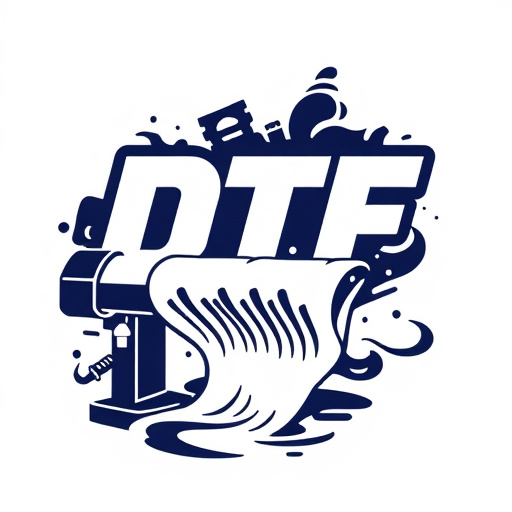
Direct-to-film (DTF) printing offers a myriad of benefits for commercial applications, making it a preferred method for many businesses. One of its key advantages is the ability to produce high-quality, durable prints on various materials, from vinyl banners and billboards to window graphics and vehicle wraps. This versatility allows commercial clients to enhance their marketing efforts with eye-catching displays that can be easily customized and adapted to different surfaces.
Moreover, DTF production ensures fast turnaround times without compromising quality. This efficiency is particularly valuable for time-sensitive projects where quick setup and installation are crucial. With DTF, businesses can respond swiftly to changing market demands, ensuring their promotional materials stay relevant and effective. Additionally, the method provides cost-effectiveness, especially for large-scale orders, as it eliminates the need for complex set-up charges and plates commonly associated with traditional printing methods.
The Process: From Design to Final Output
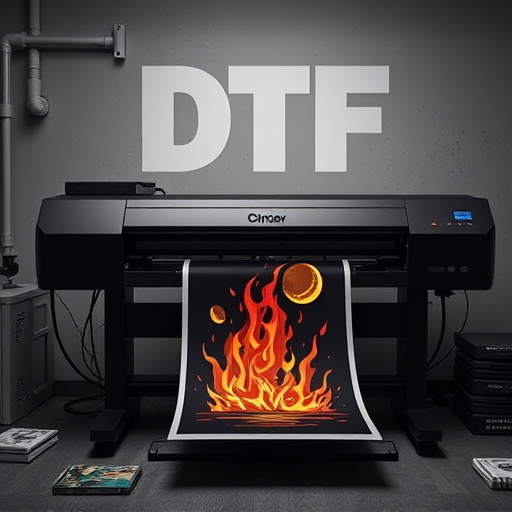
The direct-to-film (DTF) transfer production process for commercial clients involves a meticulous journey from design conception to final output. It starts with the client providing their desired art or design, which is then meticulously adapted and optimized for the specific application, whether it’s advertising billboards, retail signage, or large-scale murals. This adaptation ensures that all elements—from text to intricate graphics—are suitable for DTF printing.
Once the design is finalized, high-resolution files are prepared for printing. The process utilizes cutting-edge technology to precisely transfer these designs onto various materials, such as vinyl or canvas. Skilled technicians oversee each step, ensuring color accuracy, sharpness, and overall quality. After printing, the material undergoes careful examination to check for any defects, followed by careful cutting and finishing to meet specific dimensions. The final output is a vibrant, durable product ready to be installed and showcased, delivering the client’s vision effectively to their target audience.
Choosing the Right Materials and Substrates
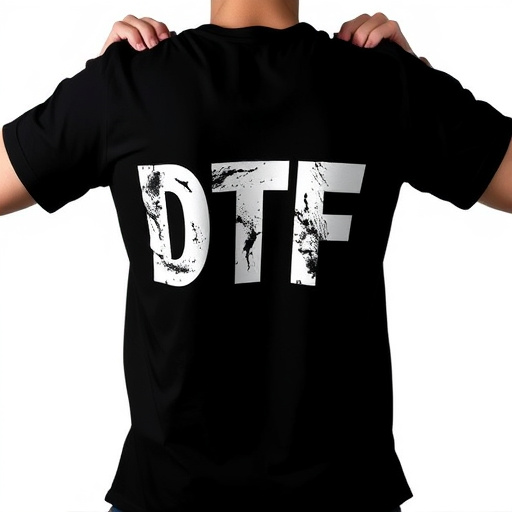
When it comes to direct-to-film (DTF) transfer production, selecting the appropriate materials and substrates is a critical step. The choice of material directly impacts the final print quality, durability, and overall aesthetic appeal. For commercial clients, understanding the diverse range of options available is essential. From traditional vinyl to cutting-edge flexible films, each has unique properties suited for specific applications. For instance, vinyl offers excellent durability and longevity, making it ideal for outdoor signage or high-traffic areas, while flexible films provide a sleeker, more modern look, perfect for indoor displays that demand vibrant colors and sharp details.
In the DTF Printing process, the substrate plays a pivotal role in achieving precise color reproduction and ensuring the transferred image adheres securely. Different materials have varying levels of absorbency, which can influence the final outcome. For commercial projects, it’s crucial to consider factors like weather resistance, UV protection, and scratch resistance, especially for outdoor advertising or products exposed to environmental elements. Additionally, the texture and surface finish of the substrate can add depth and dimension to the printed design, further enhancing the visual impact.
Expert Tips for High-Quality Image Reproduction
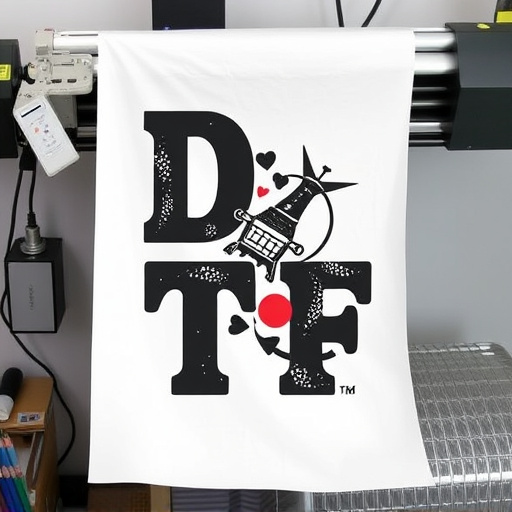
Achieving high-quality image reproduction in direct-to-film (DTF) printing requires a meticulous approach. Experts suggest starting with source material of the highest resolution, ensuring proper color profiles and calibration for accurate color representation. Using advanced scanners or digital cameras with excellent dynamic range and color accuracy guarantees that every detail is captured flawlessly.
Additionally, choosing the right film stock tailored to your project’s specific needs is paramount. Different films have unique characteristics affecting contrast, grain, and overall aesthetic. Consulting with professionals who understand these nuances ensures the best choice for optimal image transfer.
Case Studies: Successful DTF Transfers in Action

Direct-to-film (DTF) printing has proven its mettle in numerous case studies, showcasing its capability to deliver high-quality results for commercial clients. For instance, a leading brand in the packaging industry utilized DTF Printing for their custom box designs, achieving exceptional detail and vibrant colors that caught the attention of their target audience. This method allowed them to bypass traditional printing methods, reducing lead times and production costs significantly.
Another successful implementation was seen in a promotional campaign where a company needed to produce hundreds of customized posters for an event. DTF Printing enabled them to create intricate, full-color designs with precision, ensuring each poster was unique. The process’ speed and flexibility allowed the business to meet their tight deadline, leaving a lasting impression on attendees and boosting brand visibility.







